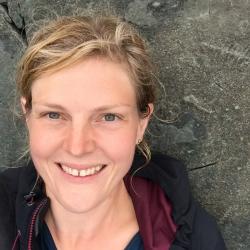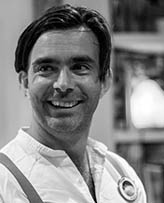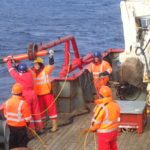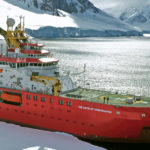The evolution and ecology of Antarctic sea floor communities
The past, present and future of unique cold-water benthic ecosystems in the Southern Ocean
- Start date
- 5 September, 2022
- End date
- 31 October, 2027
The evolution and ecology of Antarctic sea floor communities is a UKRI Future Leaders Fellowship, led by Dr Rowan Whittle, looking at the past, present and future of life at the bottom of the Southern Ocean in a changing world.
Loss of biodiversity and extinction are key issues today; ~66% of marine environments have been significantly altered by human actions. Loss of biodiversity is not just losing a species, this can also lead to damage of the way entire ecosystems work. However, it is often not known how species contribute to the stability of an ecosystem until they are removed by human related activity. Due to its inaccessibility, even less is known about the biodiversity on the seafloor of Southern Ocean around Antarctica. Many organisms found here are found nowhere else on Earth and could have future implications for society. Antarctica is extremely vulnerable to change; it is one of the fastest warming areas on the planet. As such, it is a natural laboratory for understanding the impact of environmental change.
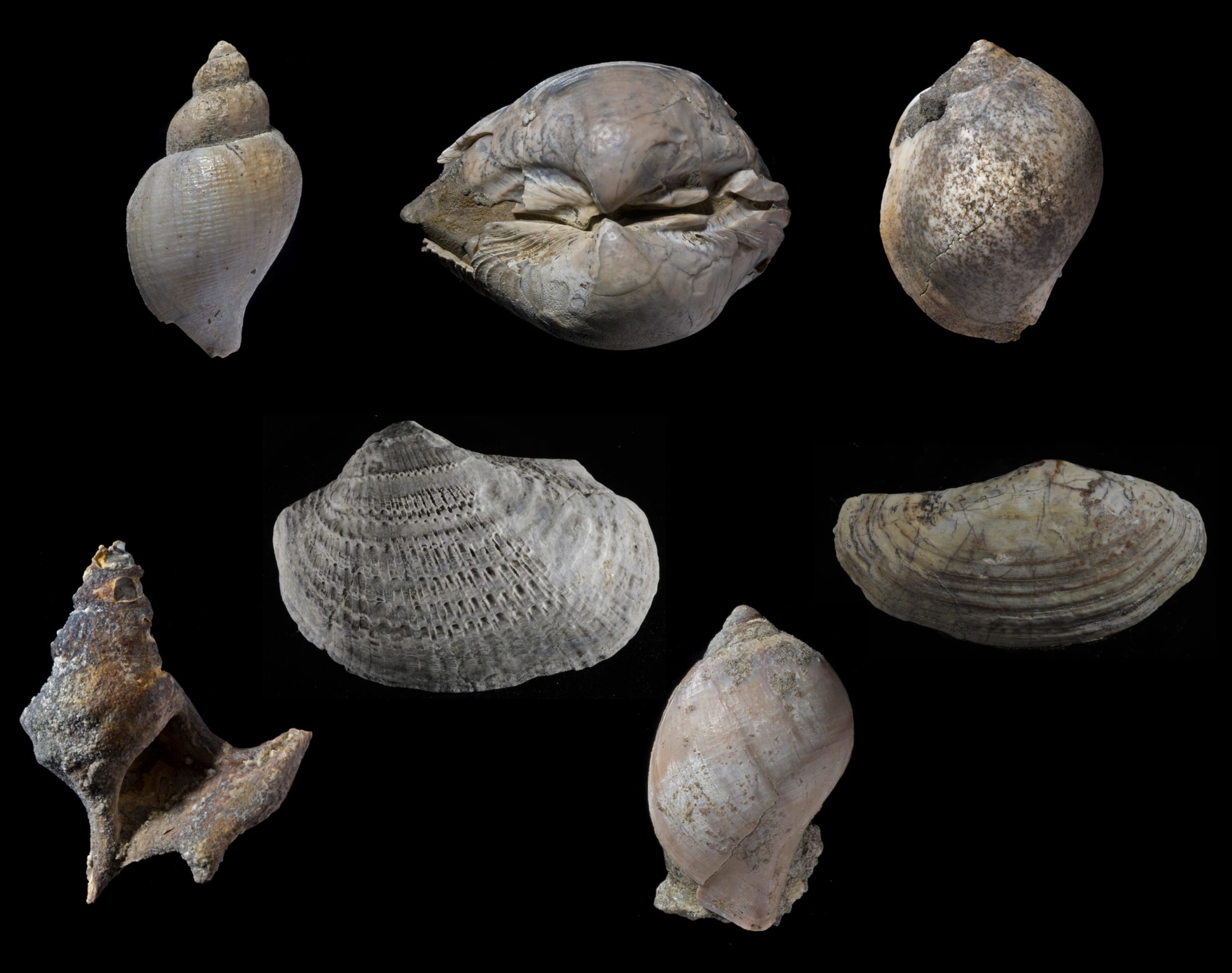
To understand how the Southern Ocean has changed over the last 100 million years, we use data from the excellent fossil sites found in Antarctica, with well-preserved exposures from greenhouse (ice free) and icehouse (ice present) periods. We use these analogues to identify the effects of climate warming in the past, and to predict potential harm in the future. We are also using technology to understand the structure, function and stability of modern Southern Ocean ecosystems. Combined, these increase in our ability to predict the risks of climate change to sea-floor communities and guide sustainable management of vulnerable ecosystems.
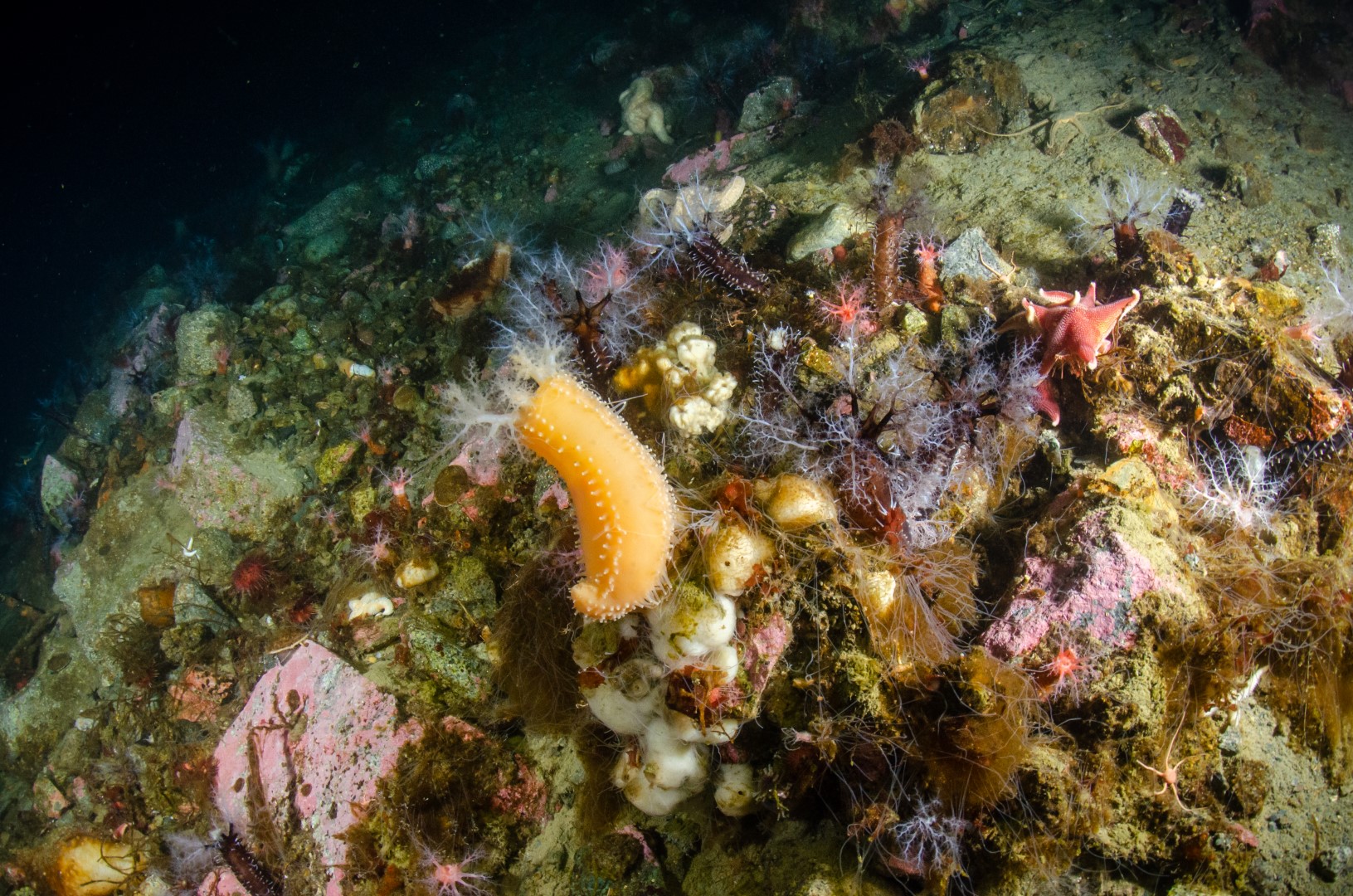
The strategic aims for this project are to answer the questions in three themes, working across traditional disciplinary boundaries:
- THE PAST: How, why, and when did the modern Southern Ocean benthic (sea floor) ecological structure evolve?
- THE PRESENT: What maintains the biodiversity and stability of Southern Ocean cold-water benthic ecosystems today?
- THE FUTURE: How might future anthropogenic change affect biodiversity and function in these ecosystems?
The following objectives will fulfill these aims:
Objective 1: Quantify the structure of Antarctic greenhouse and icehouse fossil communities.
Objective 2: Determine the preservational and palaeoenvironmental controls on these structures.
Objective 3: Compare greenhouse and icehouse communities to see if past climate change restructured Southern Ocean benthic ecology and biodiversity.
Objective 4: Identify the key structural elements of modern Southern Ocean ecosystems.
Objective 5: Determine the factors that maintain the stability of modern Southern Ocean benthic ecosystems.
Objective 6: Identify the potential adverse changes to the biodiversity and functioning of Southern Ocean benthic ecosystems due to anthropogenic disturbance.
